Construction Site Visit Report Samples
-
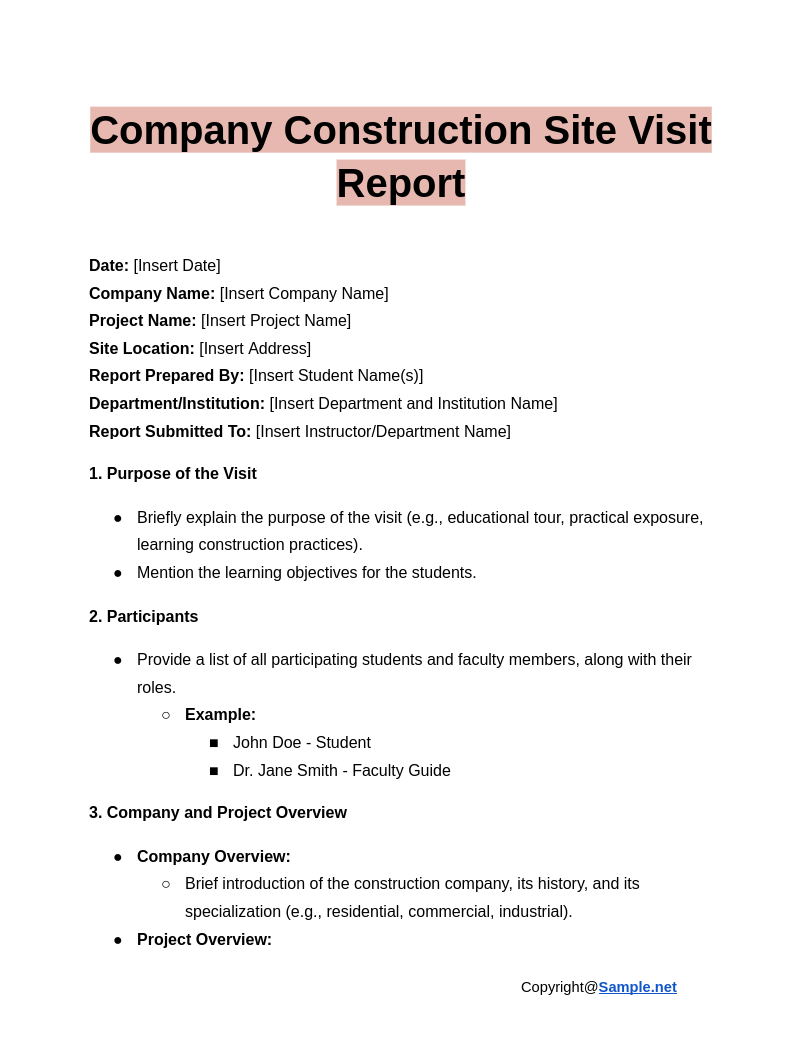
Company Construction Site Visit Report
download now -
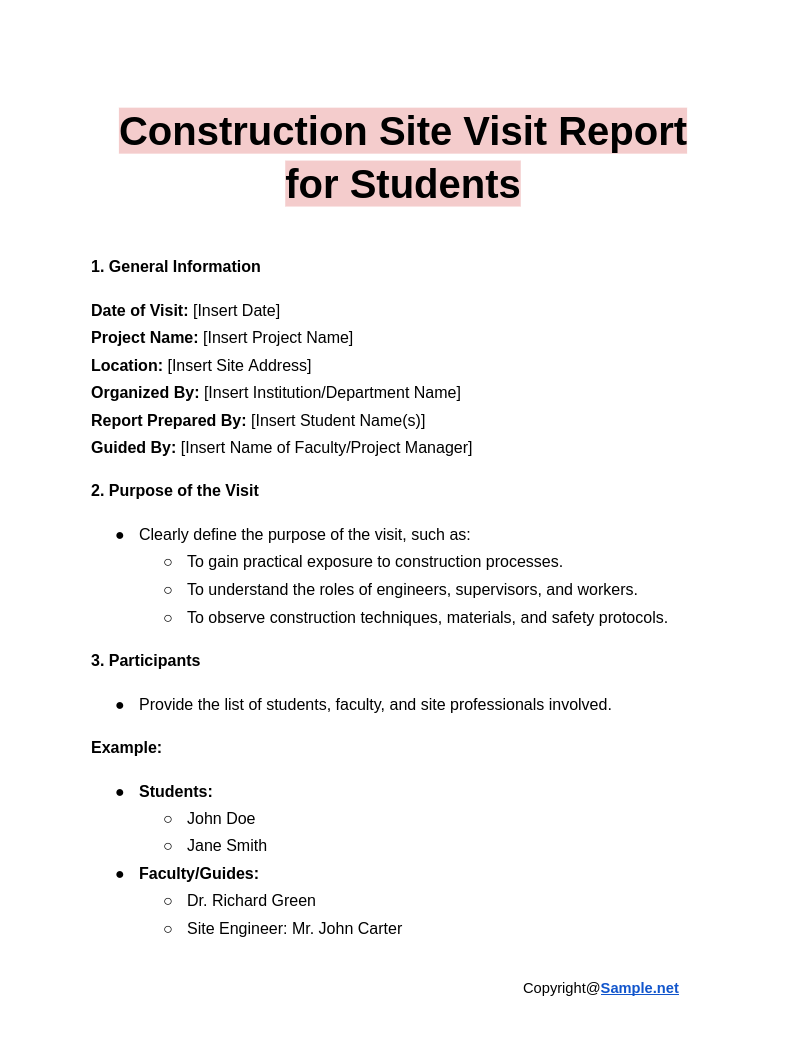
Construction Site Visit Report for Students
download now -
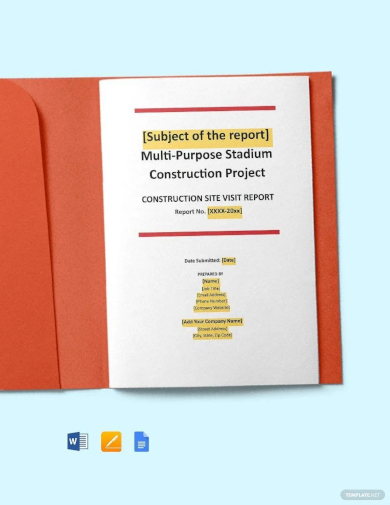
Construction Site Visit Report Template
download now -

Construction Site Safety Report Template
download now -
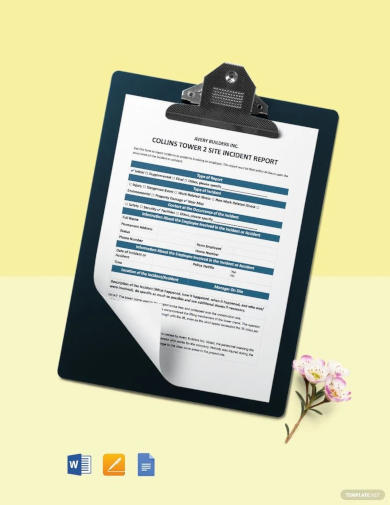
Construction Site Incident Report Template
download now -

Project Site Visit Report Template
download now -
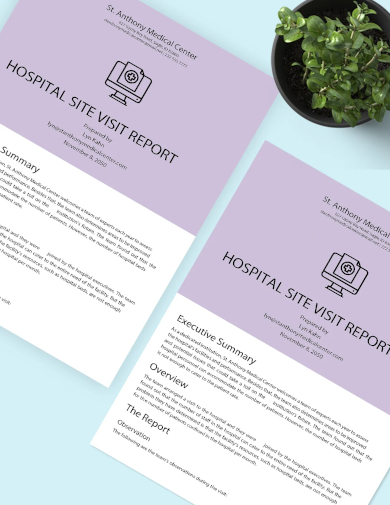
Hospital Site Visit Report Template
download now -
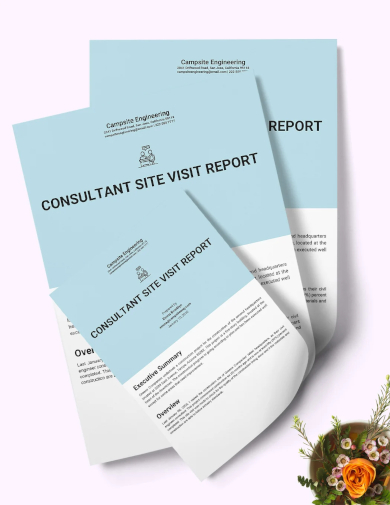
Consultation Site Visit Report Template
download now -
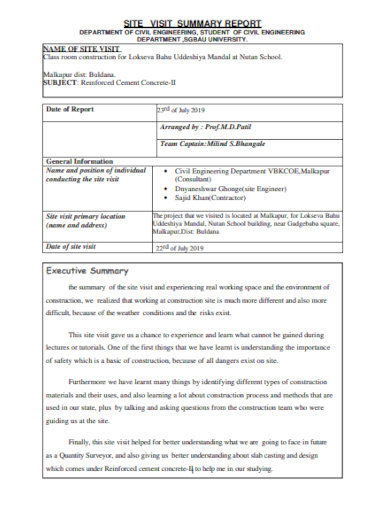
Construction Site Visit Summary Report
download now -
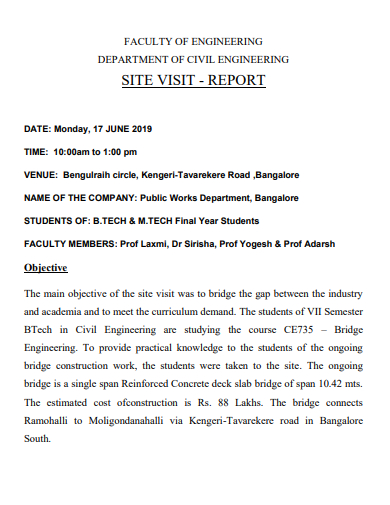
Construction Engineering Site Visit Report
download now -

Construction Industrial Site Visit Report
download now -

Sample Construction Site Visit Report
download now -
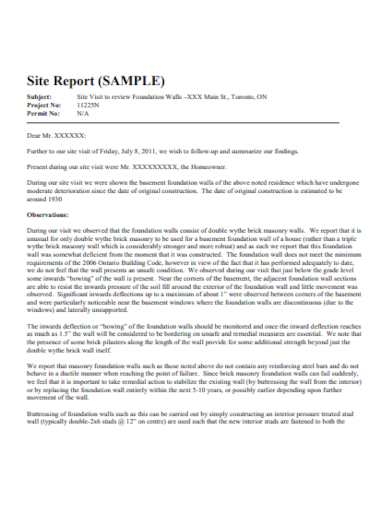
Construction Site Visit Report in PDF
download now -
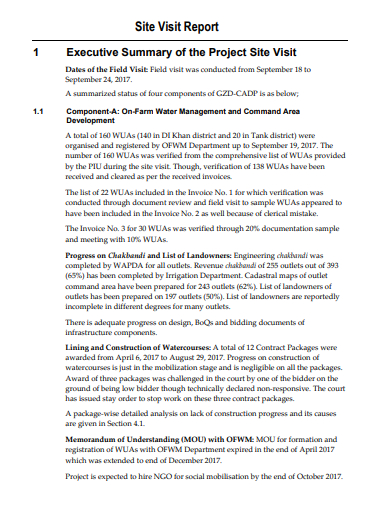
Construction Site Visit Executive Summary Report
download now -

Construction Site Work Assessment Visit Report
download now -
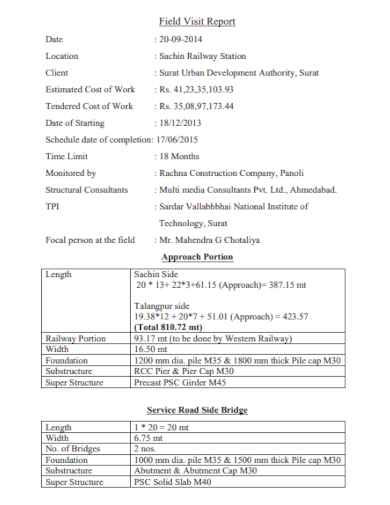
Construction Site Field Visit Report
download now -
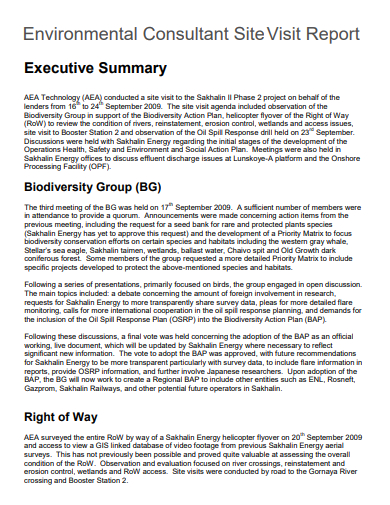
Construction Environmental Site Visit Report
download now -
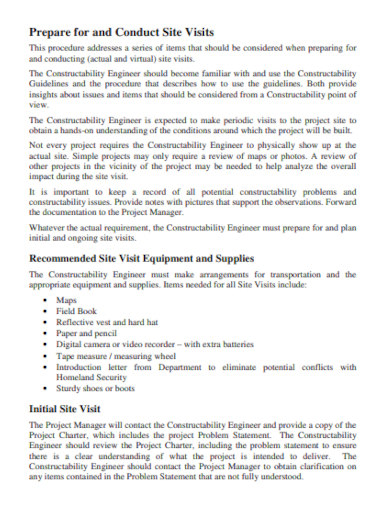
Construction Site Visit Report Format
download now -
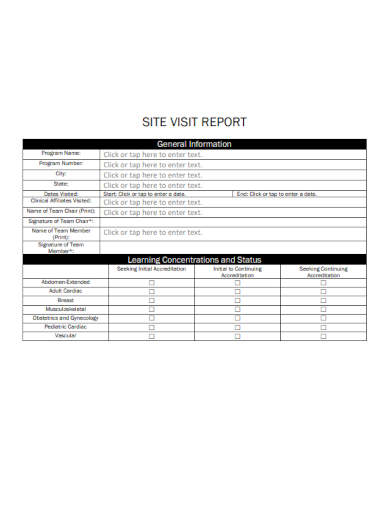
Construction Site Visit Progress Report
download now -
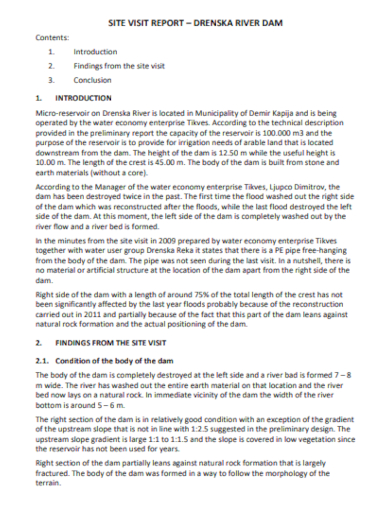
Bridge Construction Site Visit Report
download now -
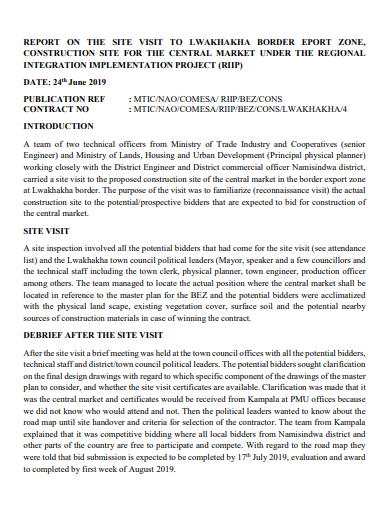
Road Construction Site Visit Report
download now -
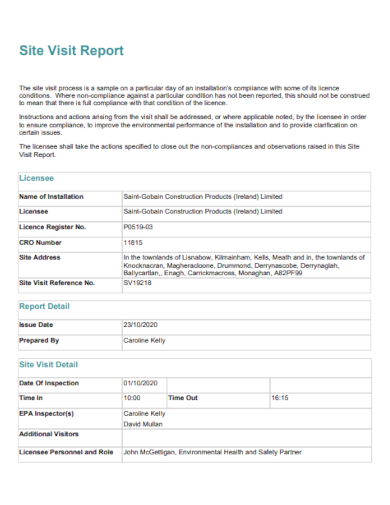
Construction Project Site Visit Report
download now -
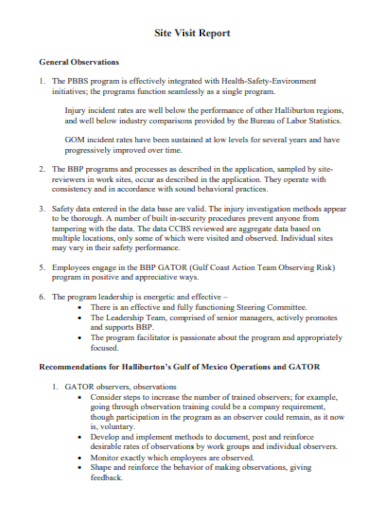
Construction Site Recommendation Visit Report
download now -
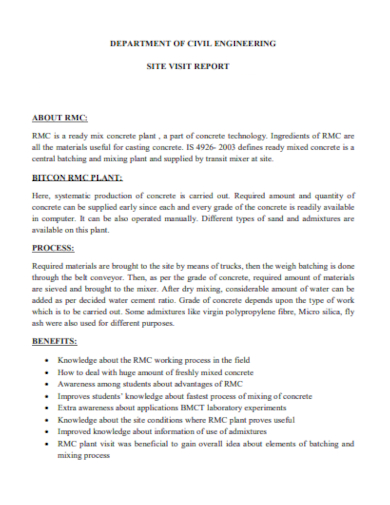
Civil Engineering Site Visit Report
download now -
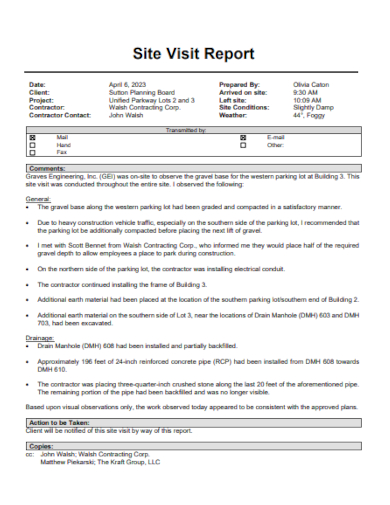
Building Construction Site Visit Report
download now -
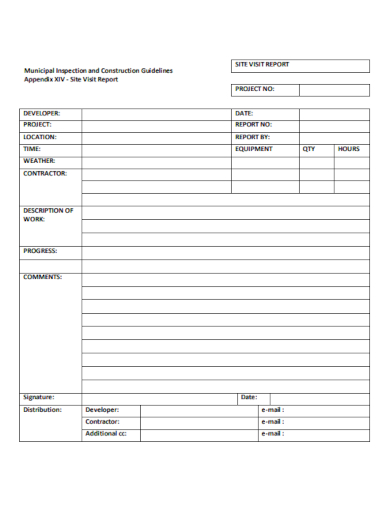
Construction Site Inspection Visit Report
download now -
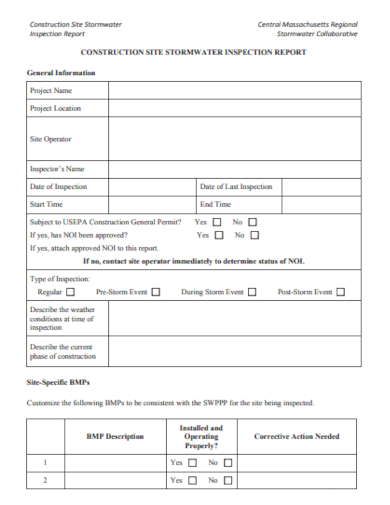
Construction Site Operator Visit Report
download now -

Report of Construction Site Visit
download now
FREE Construction Site Visit Report s to Download
Construction Site Visit Report Format
Construction Site Visit Report Samples
What is Construction Site Visit Report?
Purpose of a Construction Site Visit Report
How to Create a Construction Site Visit Report
FAQS
Why is a site visit report crucial for construction management?
How frequently should site visits and corresponding reports be conducted?
Can site visit reports help identify construction quality issues?
What tools and technology can be used to generate site visit reports?
How are equipment and material inventories documented in a site visit report?
When reports assist in budget monitoring and financial planning?
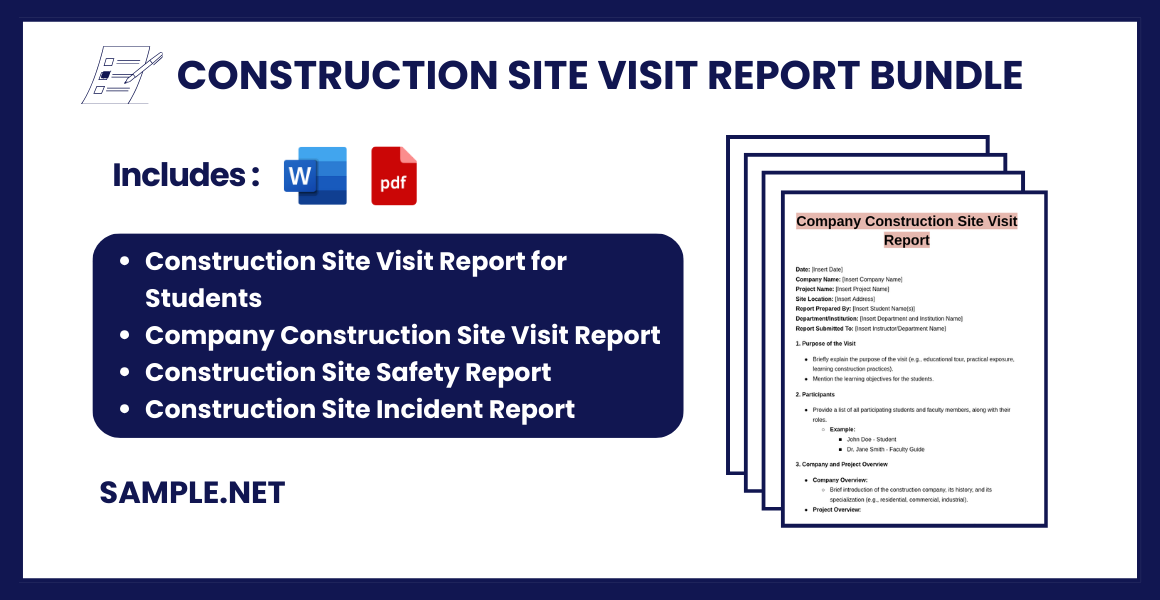
Download Construction Site Visit Report Bundle
Construction Site Visit Report Format
Date: [Insert Date]
Project Name: [Insert Project Name]
Location: [Insert Site Address]
Report Prepared By: [Insert Name and Designation]
Report Submitted To: [Insert Name/Department]
1. Purpose of the Visit
- Briefly state the reason for the visit (e.g., progress inspection, quality check, safety compliance, etc.).
- Mention the specific objectives of the visit.
2. Participants
- List all individuals present at the site during the visit, including their roles.
- Example:
- John Doe – Project Manager
- Jane Smith – Safety Officer
- Example:
3. Site Overview
- Provide a general description of the project and its current phase.
- Mention relevant details such as project scope, total area, and timelines.
4. Observations
- Summarize your observations during the site visit:
- Work Progress:
- Status of ongoing activities (e.g., foundation work, structural work, finishing).
- Compare progress with the project timeline or milestones.
- Quality of Work:
- Comment on the workmanship and materials used.
- Safety Compliance:
- Assess the adherence to safety protocols (e.g., use of PPE, barricades, emergency protocols).
- Site Conditions:
- Note cleanliness, accessibility, and organization on-site.
- Equipment and Resources:
- Condition and adequacy of tools, machinery, and materials.
- Work Progress:
5. Issues Identified
- Highlight any concerns or issues observed:
- Delays in work.
- Quality or safety concerns.
- Material shortages or other challenges.
6. Recommendations
- Provide actionable suggestions to address the issues or improve processes:
- Suggested remedial measures.
- Proposed schedule adjustments.
- Additional resources or materials required.
7. Photographs and Supporting Documentation
- Attach photographs of critical observations, progress, or issues (if applicable).
- Include relevant documents like work schedules or inspection checklists.
8. Conclusion
- Summarize the visit, including overall impressions of the site’s progress and conditions.
- Indicate next steps or follow-up actions required.
9. Signature and Date
Prepared By:
[Insert Name]
[Insert Designation]
[Signature]
Reviewed By:
[Insert Name]
[Insert Designation]
[Signature]
What is Construction Site Visit Report?
A Construction Site Visit Report is a formal document generated after inspecting a construction site. It provides a comprehensive overview of the project’s current status, observed work practices, site conditions, safety compliance, equipment utilization, and potential challenges. This report serves as a record of observations, offering insights and recommendations for ensuring smooth project progression and adherence to standards.
Purpose of a Construction Site Visit Report
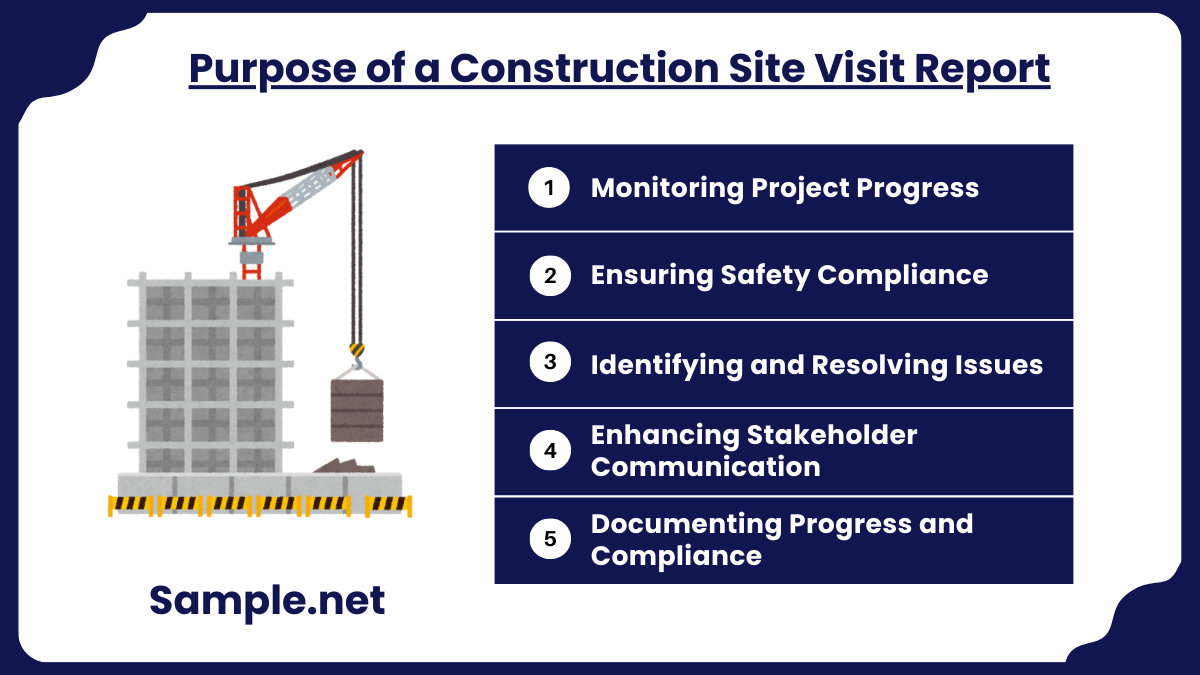
1. Monitoring Project Progress
The report helps track the project’s progress by documenting milestones and comparing them against the planned schedule. This ensures timely identification of delays or issues that may impact deadlines, enabling corrective actions to keep the project on track. You can also see more on Building Construction Report.
2. Ensuring Safety Compliance
Regular site visit reports highlight compliance with safety regulations and standards. They identify unsafe conditions or practices, ensuring that safety measures are reinforced and workers’ well-being is prioritized.
3. Identifying and Resolving Issues
The report captures on-site problems such as resource shortages, technical challenges, or design discrepancies. By documenting these issues, it facilitates timely resolution and prevents disruptions to the project.
4. Enhancing Stakeholder Communication
By providing a clear and concise summary of site observations, the report bridges the communication gap between project teams, contractors, and clients. This transparency fosters trust and collaboration among all parties involved.
5. Documenting Progress and Compliance
Construction Site Visit Reports serve as an official record of the project’s status, safety compliance, and quality checks. These documents are invaluable for audits, disputes, or future project references. You can also see more on Visit Report.
How to Create a Construction Site Visit Report
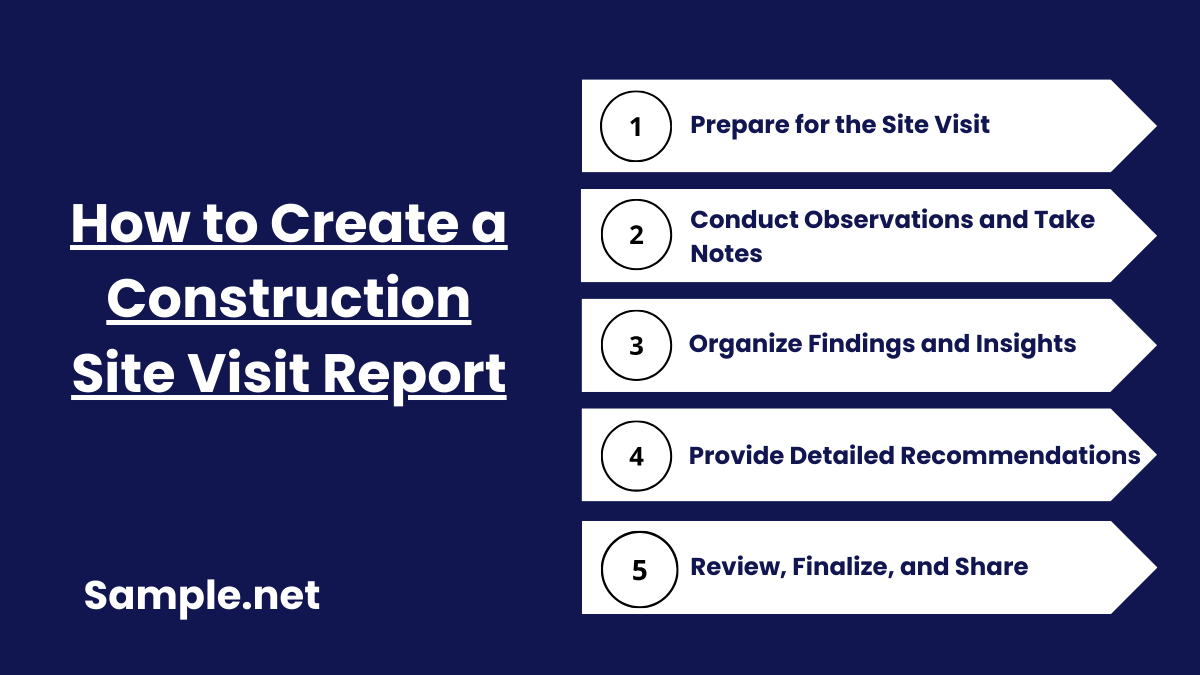
1. Prepare for the Site Visit
Define the purpose of the visit and review project documents like plans, schedules, and safety protocols. Bring necessary documentation tools to capture details effectively. Preparation ensures the visit is focused, productive, and aligned with project requirements.
2. Conduct Observations and Take Notes
During the site visit, observe ongoing activities, assess safety measures, and review the progress against planned schedules. Record all observations, both positive and negative, with detailed notes. Photographs and measurements can provide additional clarity for specific findings. You can also see more on Construction Daily Report.
3. Organize Findings and Insights
After the visit, categorize observations into key areas like progress, safety, quality, and issues. Highlight critical findings that require immediate attention, along with commendable practices to maintain. Organizing the data ensures the report is clear and actionable.
4. Provide Detailed Recommendations
For every identified issue or deviation, suggest practical solutions or improvements. Include timelines, responsible parties, and specific steps to resolve the challenges effectively. Recommendations should be realistic and aligned with project goals.
5. Review, Finalize, and Share
Review the report for accuracy, completeness, and clarity before sharing it with stakeholders. Ensure all observations and recommendations are clearly presented. Share the report promptly to allow stakeholders to take informed actions for the project’s success. You can also see more on Monthly Construction Report.
FAQS
Why is a site visit report crucial for construction management?
A site visit report is crucial for construction management as it provides an objective snapshot of on-site progress, identifies potential issues, ensures safety compliance, and facilitates informed decision-making, thereby optimizing resources and maintaining project timelines.
How frequently should site visits and corresponding reports be conducted?
Site visits and corresponding reports should be conducted regularly, depending on the project’s complexity and stage. For critical phases or large projects, weekly visits might be ideal, while for smaller or stable phases, monthly assessments could suffice, ensuring consistent oversight and timely intervention. You can also see more on Construction Completion Report.
Can site visit reports help identify construction quality issues?
Yes, site visit reports can effectively identify construction quality issues by documenting discrepancies, deviations from plans, and non-compliant materials or techniques, ensuring that quality standards are upheld and potential problems are addressed promptly.
What tools and technology can be used to generate site visit reports?
Modern tools for generating site visit reports include digital checklist apps, construction management software like Procore or Buildertrend, mobile reporting platforms with photo integration, and drone technology for aerial inspections, all streamlining data collection and report generation. You can also see more on Construction Business Report.
How are equipment and material inventories documented in a site visit report?
In a site visit report, equipment and material inventories are documented by listing quantities on-hand, noting conditions, tracking usage rates, capturing photographs, and comparing against project requirements to highlight shortages, surpluses, or potential wastages, ensuring efficient resource management.
When reports assist in budget monitoring and financial planning?
Reports assist in budget monitoring and financial planning by providing real-time data on resource utilization, trcking expenditures against forecasts, highlighting cost overruns, and offering insights into future financial requirements, ensuring projects remain financially viable and within allocated budgets. You can also see more on Business Visit Report.
